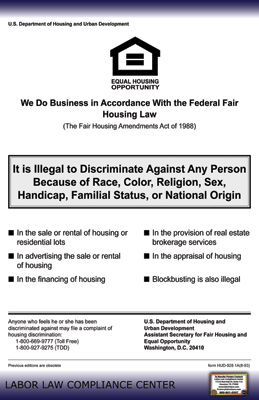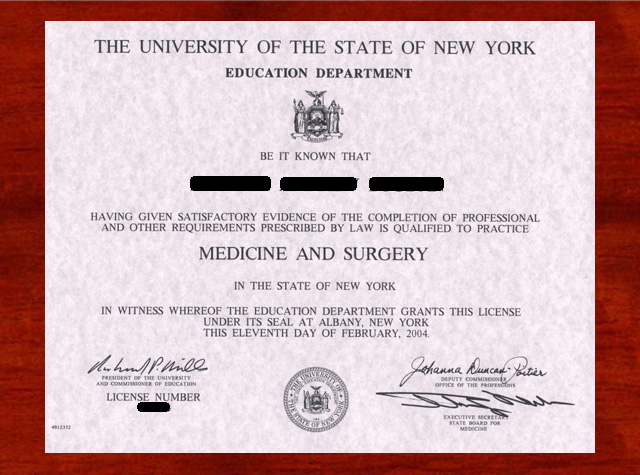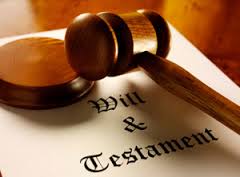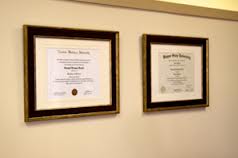 A recent article in the New York Times discusses new legal developments relating to the Westchester County, New York fair housing settlement. For those who are unfamiliar with the situation, a lawsuit was brought in 2009 by a public interest group against Westchester County, alleging housing discrimination. In order to settle the lawsuit in 2009, then-County executive Andrew Spano agreed to build at least 750 units of “affordable housing” in Westchester by a Court-approved settlement agreement.
A recent article in the New York Times discusses new legal developments relating to the Westchester County, New York fair housing settlement. For those who are unfamiliar with the situation, a lawsuit was brought in 2009 by a public interest group against Westchester County, alleging housing discrimination. In order to settle the lawsuit in 2009, then-County executive Andrew Spano agreed to build at least 750 units of “affordable housing” in Westchester by a Court-approved settlement agreement.
Recent developments in this case involve the federal government threatening to have the County held in contempt of Court for failing to comply with the settlement agreement. In addition, the federal Department of Housing and Urban Development has stated that it will revoke $7.4 million in money awarded to Westchester County if the county does not comply with the terms of the settlement.
More specifically, the settlement agreement required that the county create 750 houses and apartments for moderate-income people in particular Westchester neighborhoods. The County has claimed it is actually ahead of schedule to accomplish this goal. The current County Executive states that the County already has financing for 305 units of affordable housing in place. However, HUD and the housing advocates who brought the original lawsuit claim that the County is not only obligated to build affordable housing, but also to take affirmative steps to prevent housing discrimination within Westchester under the terms of the settlement agreement.




 We are pleased to announce that as of April 15, 2013, the law firm of
We are pleased to announce that as of April 15, 2013, the law firm of  Our firm often interacts with other professionals, such as doctors, architects, and accountants, in the course of our practice. This can happen in several ways. The first is when such services are needed by our clients in the course of litigation. For example, an architect may be needed to evaluate whether a property can be divided in separate parcels in a partition action. Courts will consider this separation to be the preferred remedy, so the expertise of an architect is often needed to provide their professional judgment on whether the property can be subdivided.
Our firm often interacts with other professionals, such as doctors, architects, and accountants, in the course of our practice. This can happen in several ways. The first is when such services are needed by our clients in the course of litigation. For example, an architect may be needed to evaluate whether a property can be divided in separate parcels in a partition action. Courts will consider this separation to be the preferred remedy, so the expertise of an architect is often needed to provide their professional judgment on whether the property can be subdivided.  This blog post contains a description of some of the standard substantive objections that a person may have to the admission of a Will to probate.
This blog post contains a description of some of the standard substantive objections that a person may have to the admission of a Will to probate.  Inquiries are often made of
Inquiries are often made of 
 For various reasons, not everyone dies has a Will that disposes of their property and identifies the person authorized to manage such distribution. In such a case, the surviving heirs should
For various reasons, not everyone dies has a Will that disposes of their property and identifies the person authorized to manage such distribution. In such a case, the surviving heirs should  Our readers should be wary of persons who may be engaging in the unauthorized practice of law. This issue is defined as a non-lawyer rendering legal advice or drafting legal documents. Section 478 of New York’s Judiciary Law declares that it is unlawful to practice or appear as an attorney for another person, to render legal services or hold oneself out to the public as entitled to practice law,
Our readers should be wary of persons who may be engaging in the unauthorized practice of law. This issue is defined as a non-lawyer rendering legal advice or drafting legal documents. Section 478 of New York’s Judiciary Law declares that it is unlawful to practice or appear as an attorney for another person, to render legal services or hold oneself out to the public as entitled to practice law,  Often the most significant asset owned by a religious corporation such as a church, synagogue or mosque in New York is real estate. For a variety of reasons, the religious institution may wish to sell, mortgage or lease its property. New York’s Religious Corporation Law prescribes the procedure to be followed in order to legally complete such a transaction. For the purposes of our discussion in this blog post, we will be discussing a sale by a religious corporation.
Often the most significant asset owned by a religious corporation such as a church, synagogue or mosque in New York is real estate. For a variety of reasons, the religious institution may wish to sell, mortgage or lease its property. New York’s Religious Corporation Law prescribes the procedure to be followed in order to legally complete such a transaction. For the purposes of our discussion in this blog post, we will be discussing a sale by a religious corporation. A recent article in the
A recent article in the